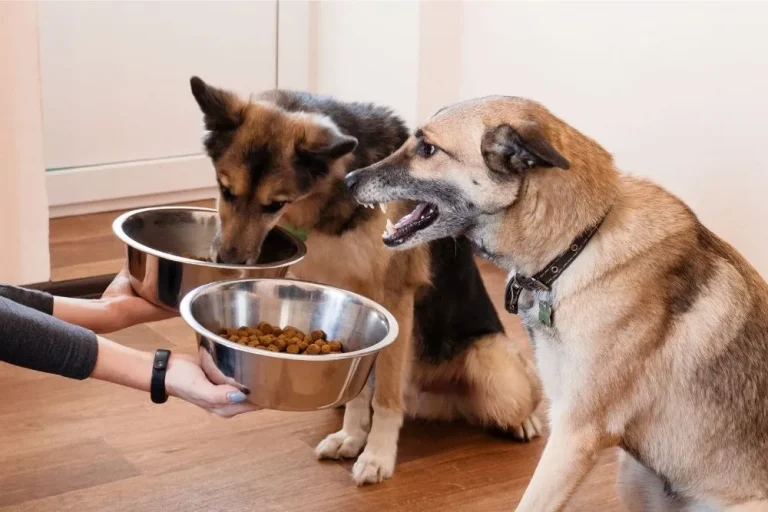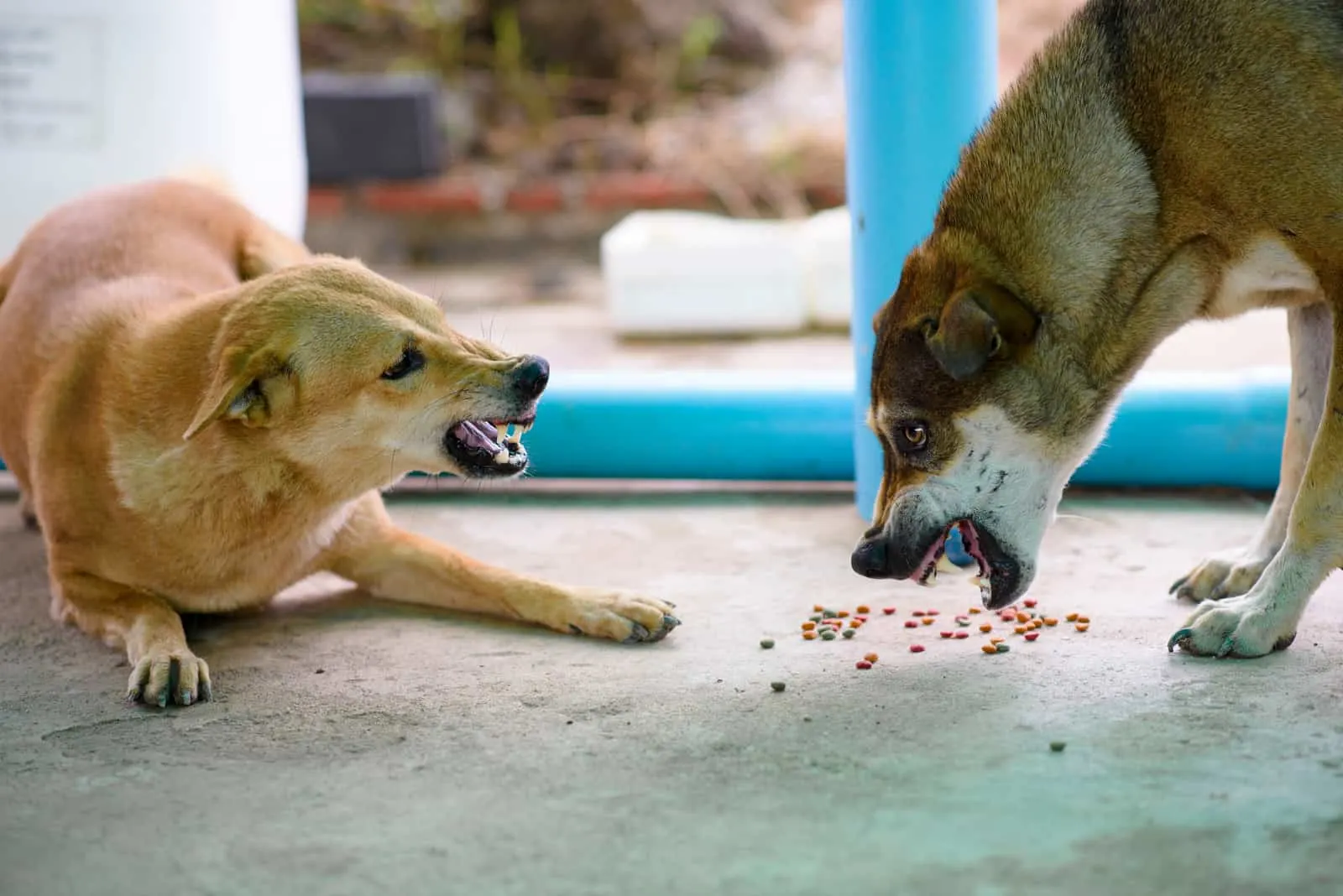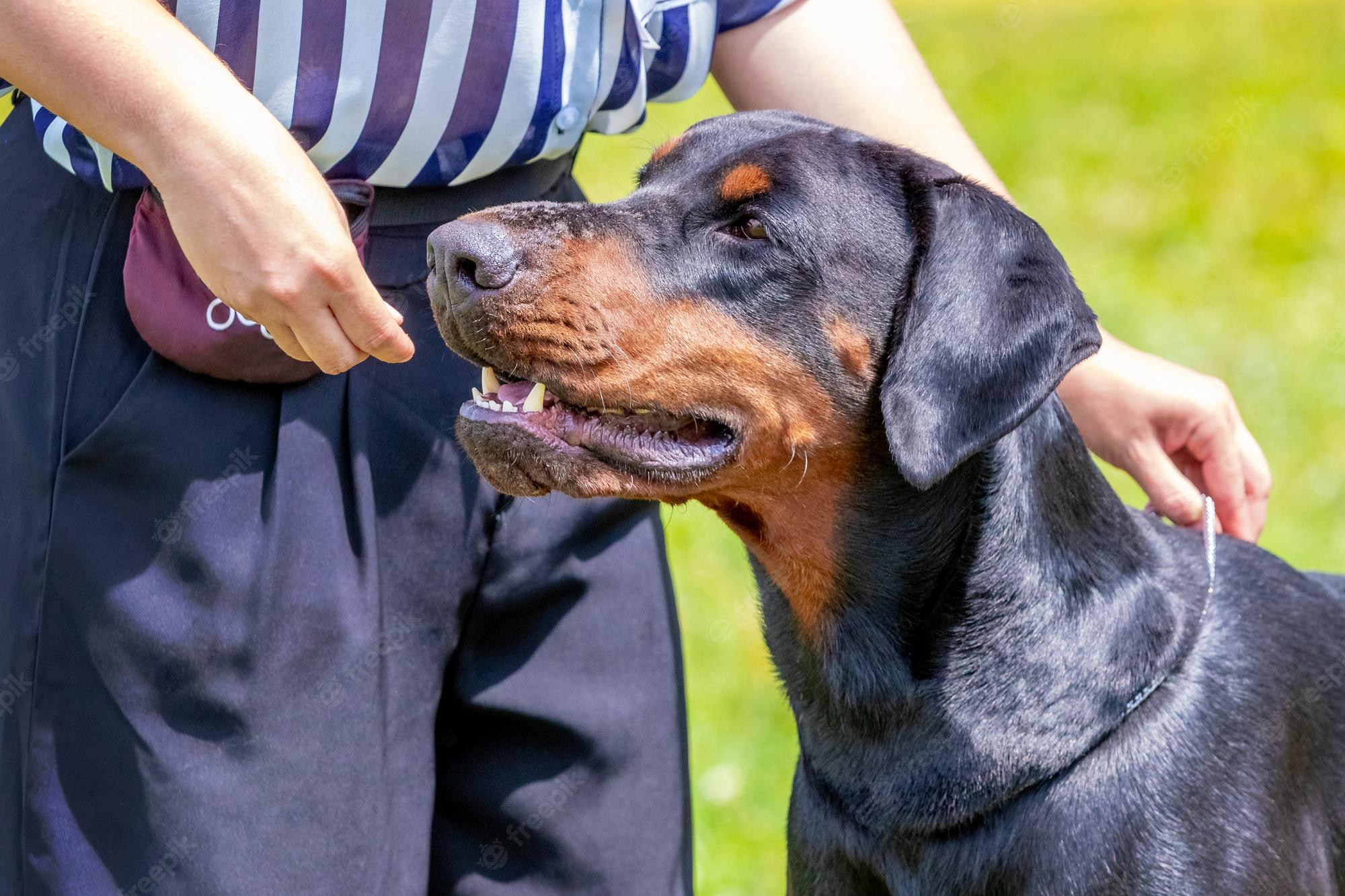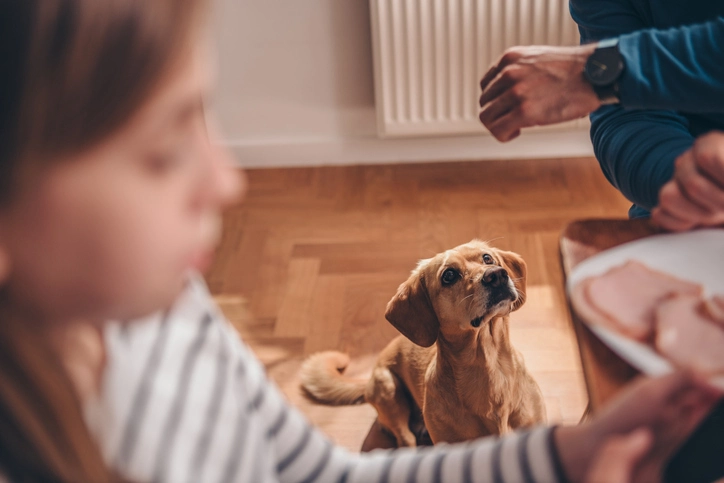One thing many dog owners forget is that dogs descend from wolves. Many years ago, dogs lived in the wild. There, they had to fight and scramble for food. Some stray dogs still have to do it. While we have managed to domesticate dogs, they still have some instincts. Food aggression in dogs is one such instinct that derives from their territorial behavior.
Dogs are protective of their food. And there is a simple explanation. In the wild, you have to protect your food. Otherwise, some other animal will take it, and you are left hungry. When it is mealtime, you should avoid poking or trying to irritate your dog.
If your dog displays aggression to protect its food, it is something normal. But it can become a problem. Why? Because you might want to get other animals in the home or even some children might try to touch the bowl.
What Is Food Aggression?
What is food aggression in dogs? It is a behavior when a dog displays aggressive behavior and guards its bowl. Your dog becomes very defensive when confronted with others during mealtime and resorts to threats, forcing others away.
Dog food aggression can be directed toward other animals, humans, or both. The problem is when the possessive aggression is not only limited to mealtime and feeding times but treats as well. There are three levels of aggression:
- Mid aggression, when the dog growls and may bare its teeth
- Moderate food aggression, the dog snaps or lunges when approached
- Severe food aggression, the dog will bite when approached
Some people and dog owners assume that these cases of aggressive behavior result from a show of dominance. But that is not entirely true. The cause of this behavior is inherited pack behavior. In a dog pack, the alpha dog eats first, and then the other dogs wait and eat the leftover according to the position in the pack.
Keep in mind that in the wild, dogs do not know when or where they will get their next meal from. So, it is an instinct for them to grab whatever food they get. When you rehome a stray dog, this is one of the things you have to work on.
How To Recognize Food Aggression?
How to recognize dog food aggression? Some of the signs to watch for include:
- Dog’s body is stiffened, with the head going down, hovering around its meal and protecting it
- Ears are held back
- Tail is lowered
- You can see the whites of your dog’s eyes
What Is The Root Of The Problem?
We said that sometimes, food aggression in dogs stems from their pack behavior. But there is not a single and simple cause for this behavior. Some common reasons include:
- Dogs have learned it in puppyhood, either by accidental training or by needing to compete over limited resources in a shelter environment
- Dogs develop it later in life, usually caused by trauma triggers like losing a caretaker, physical abuse, neglect, natural disaster, fighting with another dog
- Dogs with natural hereditary guarding instincts, you need to work more with them to change their instinct
What Can You Do About It?
When you have a food-aggressive dog, your first step is to assess the severity of the problem. Does your dog show possessive aggression over food only, or does it apply to toys, treats, resting spots, or even people in the pack?
If the behavior is not limited to food, then your dog is showing general resource guarding. You will need to use some of the techniques below to change the behavior.
Get Your Dog Used To Your Presence
This should be your first step in trying to prevent food aggression. The goal here is to have your dog get used to you during mealtime.
Stand back from your dog by a few feet while your dog is eating dog food from a bowl. You can move an inch or two closer and closer to your dog.
Treat And Retreat
You can use this technique after your dog gets used to you being nearby while eating. Add a tasty treat to the food bowl, and then step back. Be consistent and you will win your dog over.
You can start talking to your dog as well. Communicate with your puppy as it is eating.
Hand Feeding
Hand feeding is an excellent technique that you can use to prevent food aggression.
This technique helps your dog understand and learn that dog food comes from you. It also helps your dog understand that you do not pose a threat to the food.
Approach your puppy and speak in a conversational tone. Start giving food to your dog from your hand. If your dog is hesitant to eat from your hand in the beginning, drop food on the ground. Drop food closer and closer to you.
Consistency is the key here. Do not expect results instantly. Wait for your dog to take the food, praise with words, and drop food closer to you. Eventually, your dog will eat from your hand.
Work For Food
This is a trick I often use with Milo. You can do some basic training and obedience while feeding your dog. Basically, we repeat some simple commands and cues like sit, give paw, lie down, stand, and so on. Every successful trick results in a food reward.
Trading Up
If your dog wants to eat from a food bowl only, then you can try the trade-up game. Basically, you have your dog eat from the bowl, but then approach with something tastier, a special treat.
The goal is for your dog to stop eating, and take the treat from you. This teaches your dog you are not going to steal its food. Or nobody else when he looks away. And it also removes his attention from food when people are around.
Feed In The Presence Of Family Members
Your dog should trust all people in the household. So, repeat all the steps and try all the techniques with other family members around. This is the best way to reduce the chances of an incident regarding food.
Pack Leaders Eat First
As we said before in the wild, the alpha dog eats first. Well, to prevent food aggression, never food your dog before or while the humans are eating.
Establish yourself as the pack leader. Humans eat first, and then when they finish, dogs eat. This will reinforce your status as the pack leader.
Be Consistent
For some dogs, the source of food aggression is fear or anxiety when the next meal is coming. Remember, dogs do have an internal clock.
You can prevent this anxiety by practicing feeding time consistency. Feed your dog at the same time every single day.










